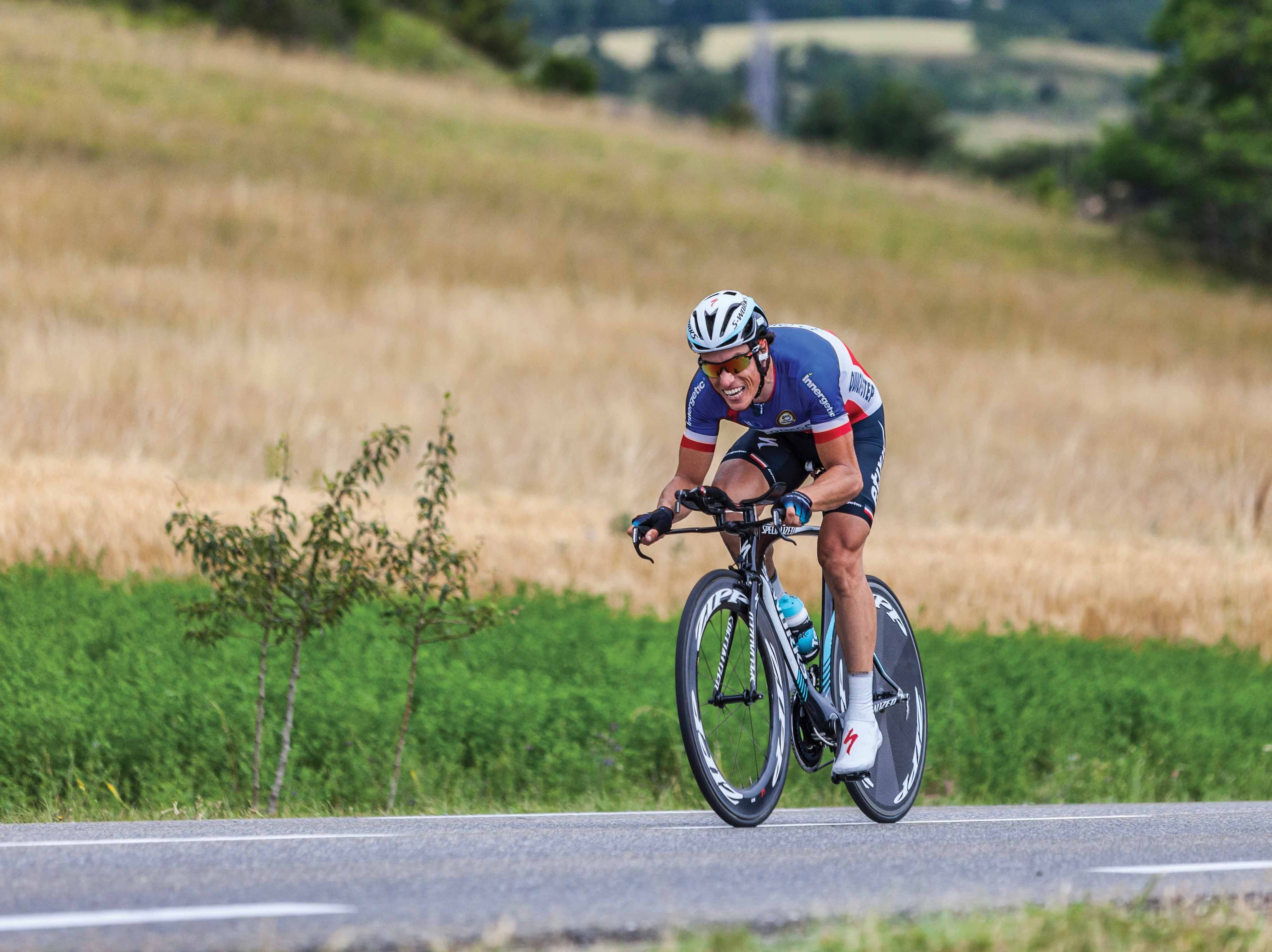Bike Intervals Could Make You A Better Runner

Photo: iStock
Delighting bike-favoring triathletes everywhere, a new study published in the Journal of Strength and Conditioning demonstrates that doing a little high-intensity interval training on the bike can actually improve your running performance. The researchers discovered this after having a group of runners do 6×10 seconds of all-out bike intervals with somewhere between 30–80 seconds rest in between each. Concurrently, the athletes kept to their regular running routines.
After just six sessions of this protocol over two weeks, the runners who did interval training on the bike improved their 3K times over the control group, who ran but didn’t do interval training on the bike. What’s more, the athletes who improved most were those who took the least amount of rest between those intervals, suggesting that hard intervals with brief rest is the best way to go.
Jared Berg, an exercise physiologist based in Boulder, Colo., suggests these findings were likely a result of the fact that interval training in any form can improve endurance performance. “Long-distance runners have highly developed aerobic systems, meaning they are well trained to use oxygen to metabolize carbohydrates and fat to create energy,” he says. “However, an endurance event is never completely aerobic—there is always anaerobic contribution, so the high-intensity interval training will enhance an athlete’s anaerobic energy system, thus allowing for improvement in performance.”
Indeed, whether you’re running or biking intervals, developing that anaerobic system is important for triathletes training for everything from sprint-distance races to an Ironman. The benefit of doing some of your interval training on the bike is that you avoid the pounding that occurs during running intervals. For many, this may have the fringe benefit of having a protective effect against injuries associated with the high-impact nature of running.
RELATED: 3 Interval Sets To Improve Speed On The Bike
Try It
If you’re interested in experimenting with this type of training, it is best to reduce training time and intensity running and swimming while increasing the number of HIIT sessions on the bike, thereby keeping overall volume steady.
Berg warns, however, not to underestimate the difficulty of these sessions. “HIIT workouts are designed to be very demanding. As with all exercise, consult your doctor to ensure that you are healthy and up for the task,” he says.
He also advises to be sure to take in a carbohydrate and protein drink within 30 minutes of finishing these workouts in order to enhance recovery and bounce back for the next session. Particularly if you hope to execute more than one HIIT cycling session a week as they do in the study, you’ll need to focus on the recovery process.